Anchorage is Alaska’s largest city and a gateway to immense wilderness. The city provides both urban amenities and access to scenic natural attractions. Surrounded by mountains, glaciers, and ocean, there are plenty of things to do in Anchorage.
| Activity | Description |
|---|---|
| Visit the Anchorage Museum | A cultural institution with exhibits on Alaska’s history and native cultures. |
| Hike Flattop Mountain Trail | A scenic hike offering panoramic views of Anchorage. |
| Bike or Walk the Tony Knowles Coastal Trail | An 11-mile trail along Cook Inlet for outdoor activities. |
| Tour the Alaska Native Heritage Center | Explore Alaska’s indigenous cultures and heritage. |
| Ride the Alyeska Tram | A tram ride to Mount Alyeska summit for stunning views. |
| Go Flightseeing | Air tours showcasing Alaska’s wilderness and landscapes. |
| Visit Potter Marsh Bird Sanctuary | A wetland marsh for birdwatching and nature exploration. |
| Take a Whale Watching Cruise | Cruises for spotting whales and other marine life. |
| Drive the Seward Highway | A scenic drive with breathtaking natural views. |
| Tour the Anchorage Museum of History and Art | Museum featuring historical and art exhibits. |
| Browse the Spenard Farmers Market | A market offering local produce, crafts, and foods. |
| Go Fishing | Fishing for various species in local waters. |
Here are 12 top attractions and activities visitors must experience when traveling to Alaska’s cosmopolitan yet adventurous city.
Visit the Anchorage Museum
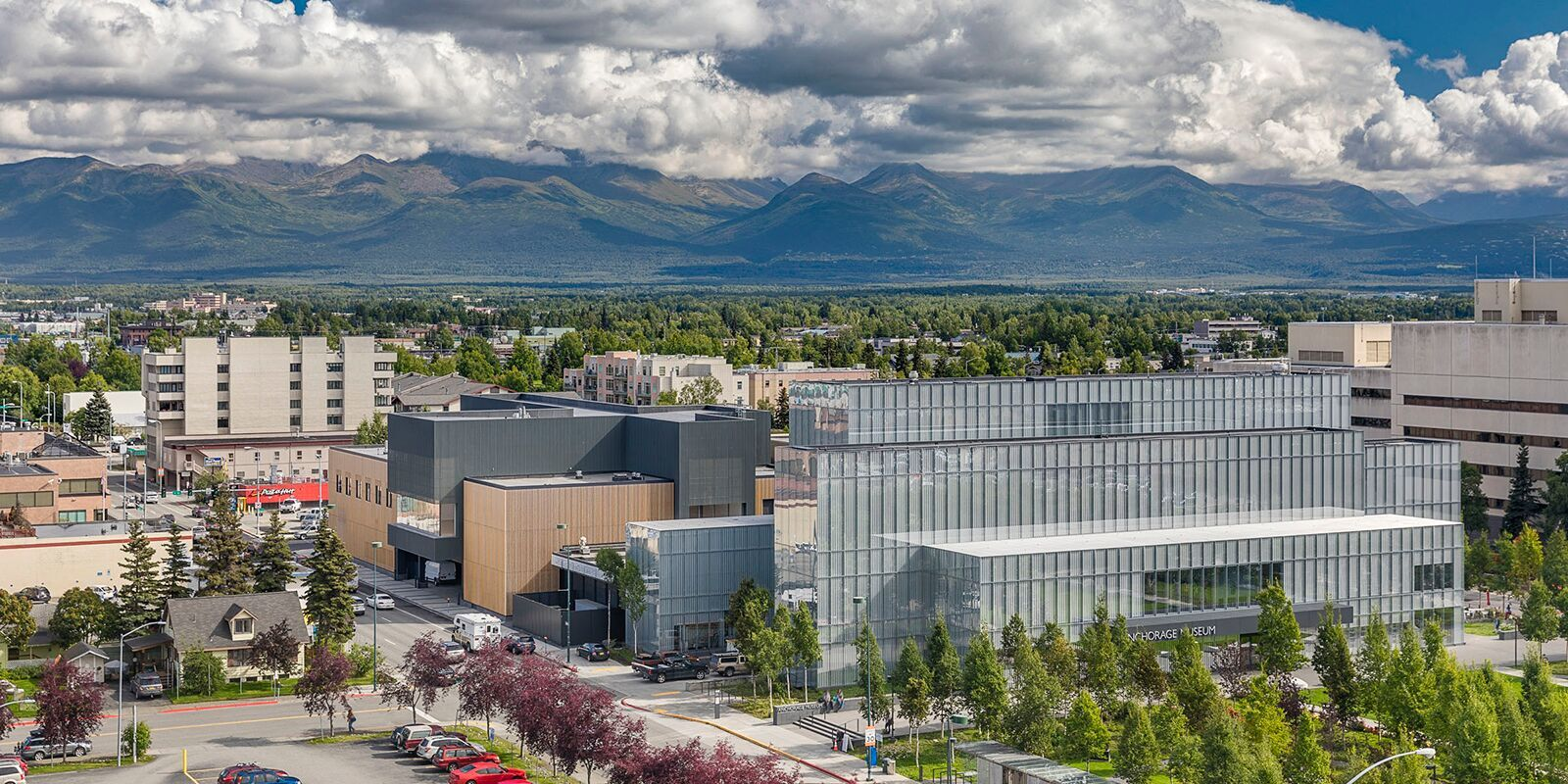
Name and Location: Visit the Anchorage Museum, located downtown Anchorage.
History and Significance: Major cultural institution exhibiting Alaskan art, history and native collections. Contains expansive galleries and a planetarium.
What to Expect: Extensive exhibits on Alaskan culture, art and history. Smithsonian Arctic Studies Center. Café and museum store onsite.
Visitor Information: Located at 625 C St. Open daily. Admission fee charged. Parking garage attached.
The Anchorage Museum is a world-class facility and one of Alaska’s top cultural institutions. It contains exhibits covering all aspects of life in Alaska from native cultures to pioneering history. Visitors can view over 10,000 historical artifacts, native artwork, seascapes, and more at the museum. There are also traveling exhibits on topics like the Iditarod sled dog race. The onsite Imaginarium Discovery Center has hands-on science exhibits to engage children.
Hike Flattop Mountain Trail
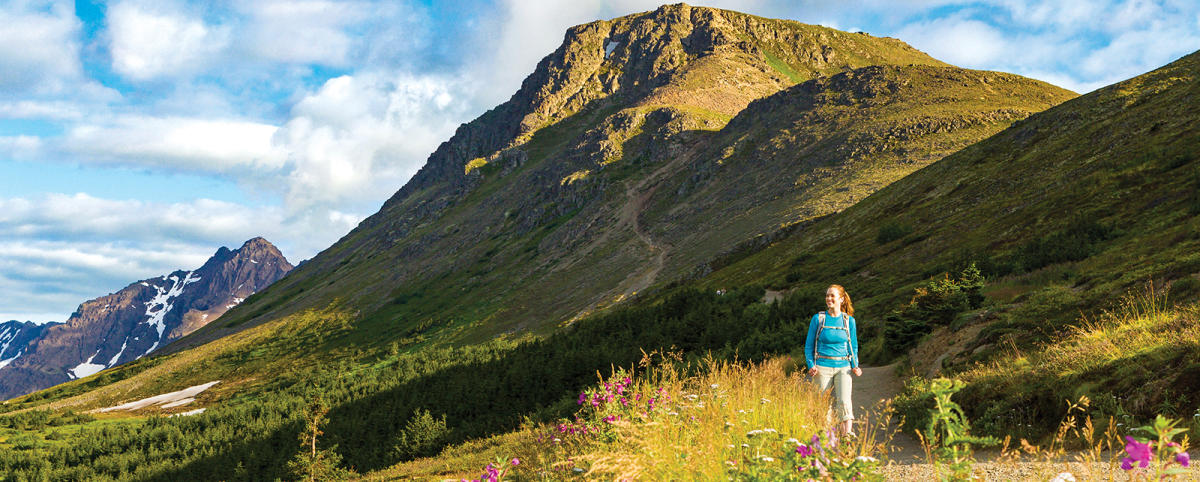
Name and Location: Hike Flattop Mountain Trail in Chugach State Park.
History and Significance: One of Anchorage’s most popular and scenic day hikes. Leads to the summit of Flattop Mountain with incredible views.
What to Expect: Approximately 3 mile steep hike with rocky sections. Scrambling required at the top. Sweeping vistas from the summit.
Visitor Information: Trailhead located off Glen Alps Rd. Accessible year-round. No state park fee.
For panoramic views of the Anchorage area and Cook Inlet, hike the popular Flattop Mountain Trail located in Chugach State Park. Just 15 minutes from downtown, the 3.5-mile round trip hike climbs 1300 feet up rugged terrain to the rocky summit. Along the way see wildflowers and views of surrounding peaks and glaciers. Reaching the top of Flattop Mountain rewards hikers with a breathtaking 360-degree panorama.
Bike or Walk the Tony Knowles Coastal Trail

Name and Location: Bike or Walk the Tony Knowles Coastal Trail along the Anchorage shoreline.
History and Significance: Scenic multi-use trail sandwiching mountain and water views. Popular for recreation and scenery. Stretches over 10 miles.
What to Expect: Paved trail with benches and scenic overlooks. Breathtaking coastal vistas of mountains and water. Accessible year-round.
Visitor Information: Trailheads located along 2nd Ave. No fee to use.
Stretching 11 miles from downtown Anchorage to Kincaid Park, the Tony Knowles Coastal Trail parallels the scenic Cook Inlet shoreline. Cyclists, walkers, runners, and cross-country skiers enjoy this multi-use trail with oceanside scenery. The trail passes Earthquake Park commemorating the devastating 1964 Alaska earthquake. Restaurants and attractions near the trail provide places to stop and refuel.
Tour the Alaska Native Heritage Center

Name and Location: Tour the Alaska Native Heritage Center in Anchorage.
History and Significance: Cultural center showcasing Alaska Native history, dance, art and traditions. Features indoor and outdoor exhibits.
What to Expect: Village site replicas, cultural performances, art galleries, trails. Restaurant andgift shop onsite.
Visitor Information: Located at 8800 Heritage Center Dr. Open daily in summer, reduced hours winter. Admission fee.
To learn about Alaska’s indigenous cultures, visit the Alaska Native Heritage Center featuring artifacts and demonstrations from Alaska’s 11 major native groups. Exhibits showcase traditional arts, dances, clothing styles, hunting tools, and dwellings. Visitors can also stroll through the replicas of native village sites and view wildlife common to the Alaskan wilderness. The center provides an excellent introduction to Alaska’s diverse native people.
Ride the Alyeska Tram
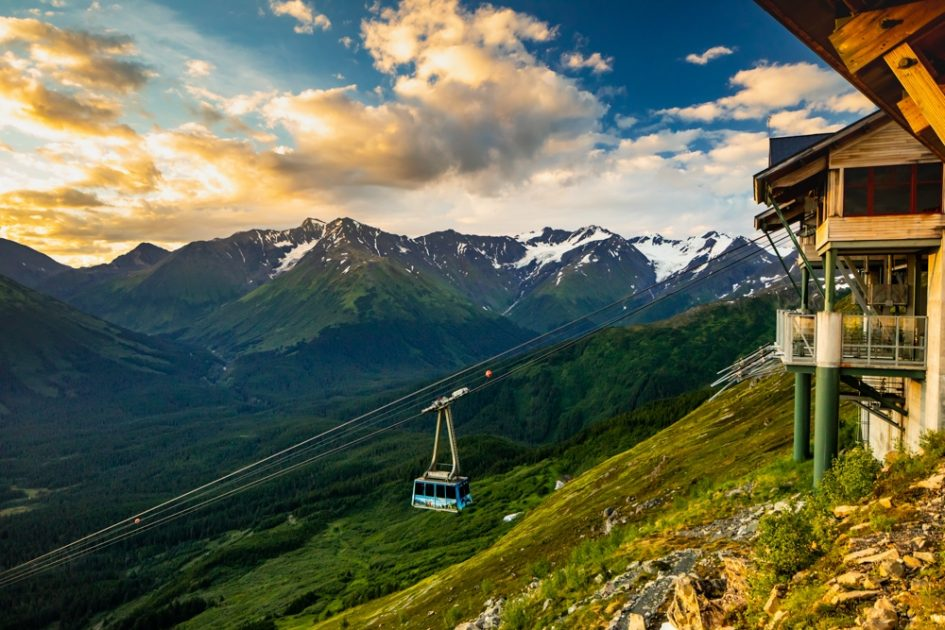
Name and Location: Ride the Alyeska Tram near Girdwood.
History and Significance: Aerial tram that rises 2,300 feet to the summit of Mt. Alyeska. Provides access to alpine hiking trails and views.
What to Expect: Breathtaking views of mountain peaks, Turnagain Arm, forests and glaciers from the tram and summit. Alpine hiking options.
Visitor Information: Located at 1000 Arlberg Ave, Girdwood. Open year-round, weather permitting. Fee to ride the tram.
For a truly stunning view, ride the Alyeska Resort Tram from the base to the 2,300-foot summit of Mount Alyeska. The world’s longest single-span tram ascends over 1000 feet in just three minutes up the slopes of this Chugach Mountain. At the top, a daily hiking tour is offered as well as access to an elevated restaurant and hiking trails during summer. The tram provides jaw-dropping vistas of Turnagain Arm, seven glaciers, and alpine scenery.
Go Flightseeing

Name and Location: Go Flightseeing departing from Anchorage or Seward airport.
History and Significance: Offers unparalleled aerial views of Alaska’s dramatic landscapes not visible from the ground. Unique way to see remote areas.
What to Expect: Scenic small plane flights around mountains, glaciers, rivers and wilderness. Options for glacier landings. Knowledgable pilot-guides.
Visitor Information: Book flights through tour operators. Offered year-round, weather permitting. Rates vary by plane and flight duration.
To fully appreciate Anchorage’s amazing wilderness surroundings, book a flightseeing tour by air. Flightseeing excursions takeoff daily from downtown’s Lake Hood Seaplane Base, the world’s busiest floatplane airport. Flights pass close to mountain peaks, glaciers, forests, and rivers revealing Alaska’s grandeur. Tours range from quick scenic overviews to full-day glacier landings. Flightseeing provides perspectives of the vast Alaskan landscape not seen anywhere else.
Visit Potter Marsh Bird Sanctuary
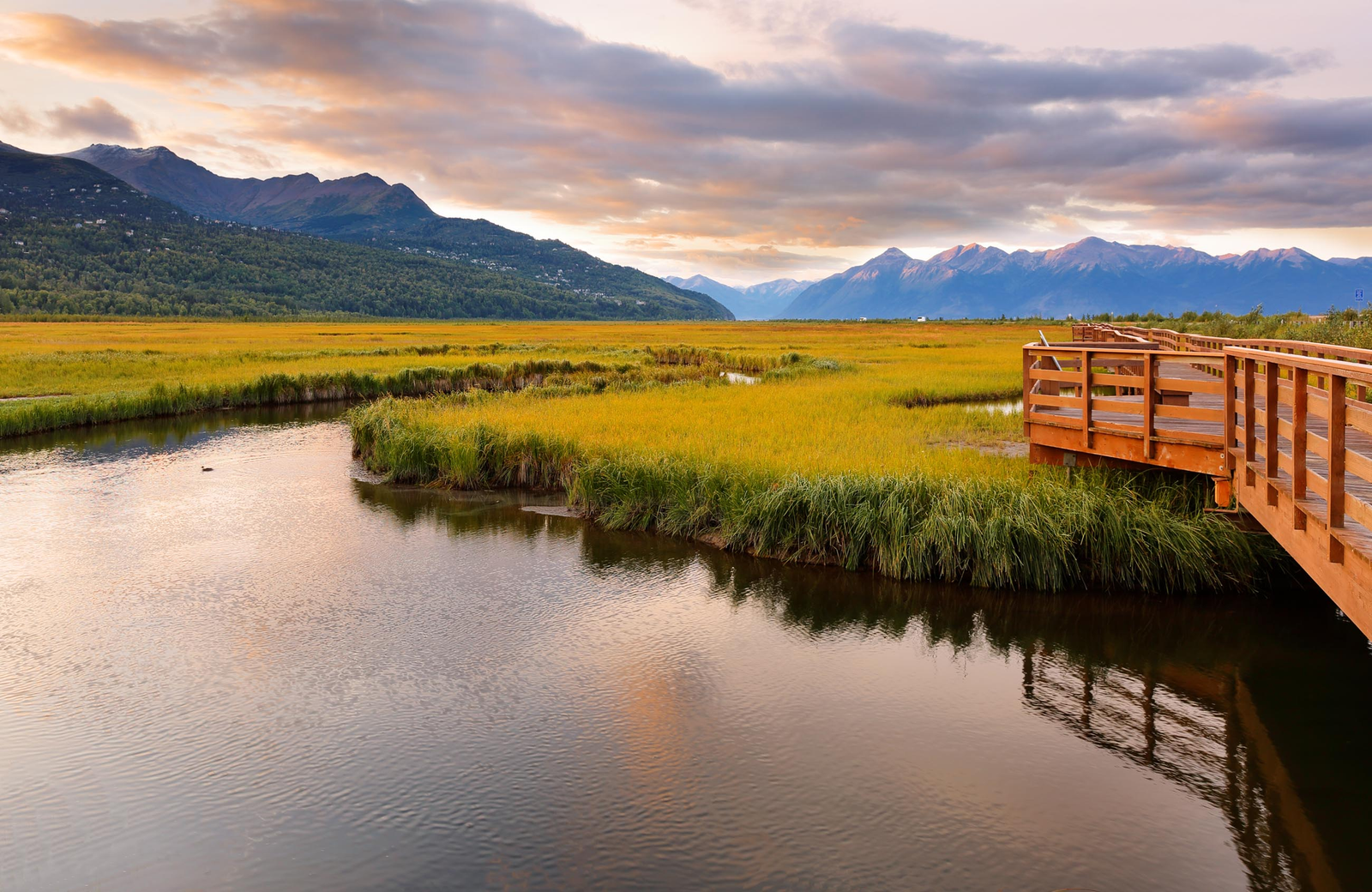
Name and Location: Visit Potter Marsh Bird Sanctuary south of Anchorage.
History and Significance: Protected wetlands providing vital habitat for thousands of migratory birds along the Pacific Flyway. Premier birding location.
What to Expect: Massive bird concentrations during spring/fall migrations. Observation decks for spotting different species. Interpretive displays.
Visitor Information: Located along the Seward Hwy near Anchorage. Pullouts for viewing and parking. Best from April – October.
Potter Marsh Bird Sanctuary near Anchorage contains a large wetland marsh providing critical habitat for birds migrating along the Pacific Flyway. A short boardwalk trail allows visitors to view many bird species attracted to the marsh. Interpretive displays educate about the different waterfowl, songbirds, and raptors frequently seen at Potter Marsh. Prime viewing times are early mornings and evenings during May through August migrations.
Take a Whale Watching Cruise

Name and Location: Take a Whale Watching Cruise departing from Seward or Anchorage.
History and Significance: Provides opportunities to see whales and marine wildlife in their natural habitats. Popular excursion to view incredible animals.
What to Expect: Cruise the waters scouting for whales, sea lions, puffins and other wildlife. Onboard naturalist provides commentary.
Visitor Information: Tours offered May – September during whale migration season. Book through operators in Seward or Anchorage.
Whale watching cruises departing from Anchorage offer opportunities to spot some of the ocean’s largest mammals in their natural habitat. Tours occur in the nutrient-rich waters of Cook Inlet showcasing humpback and beluga whales feeding and socializing. Other wildlife commonly seen includes Dall’s porpoise, Steller sea lions, puffins, and otters. Whale watching cruises showcase Anchorage’s adjacent coastal location and abundant marine life.
Drive the Seward Highway
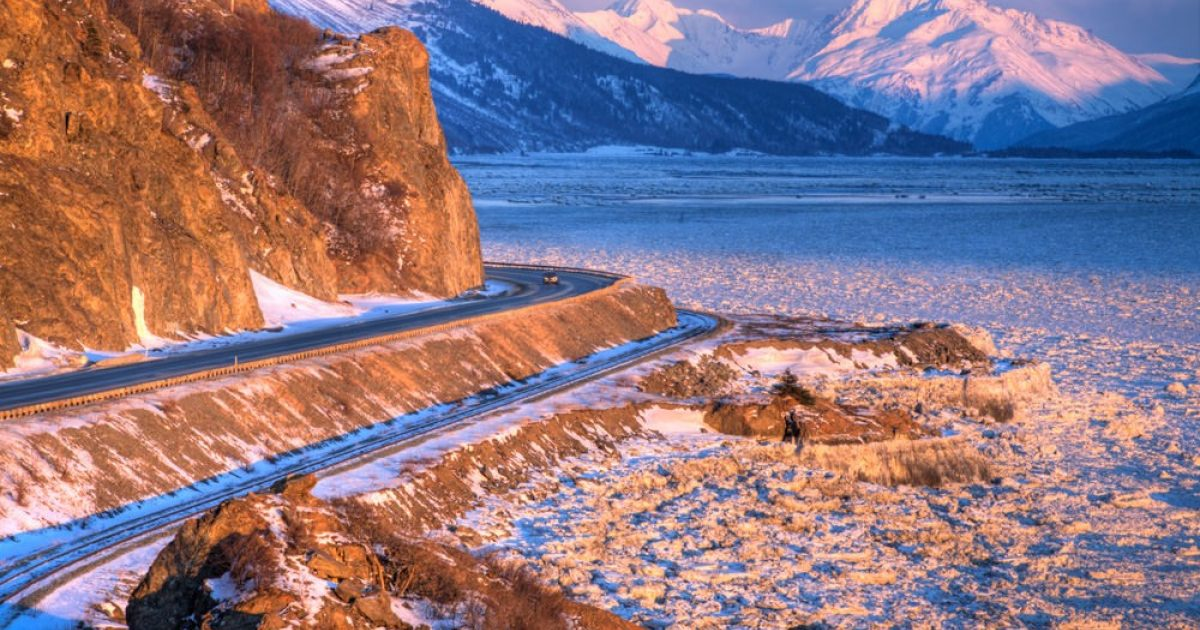
Name and Location: Drive the Seward Highway between Anchorage and Seward.
History and Significance: Stretch of scenic highway offering stunning views of the Chugach Mountains, Turnagain Arm, and wildlife. Connects Anchorage to Kenai Peninsula.
What to Expect: Jaw-dropping landscapes, scenic pullouts, hiking access, wildlife viewing, tunnels, bridges. Beautiful drive.
Visitor Information: Runs 127 miles between Seward and Anchorage. Year-round access but best May – September.
Stretching south of Anchorage, the Seward Highway is one of America’s most scenic roads. Driving this National Scenic Byway treats motorists to mountains, glaciers, valleys, and ocean views at every turn. Must-see stops along the 127-mile highway include Potter Marsh, Turnagain Arm, Alaska Wildlife Conservation Center, Exit Glacier, and Kenai Fjords National Park. The journey alone makes driving the Seward Highway a top Anchorage experience.
Tour the Anchorage Museum of History and Art

Name and Location: Tour the Anchorage Museum of History and Art downtown.
History and Significance: Major cultural institution housing expansive collections of Alaskan art and artifacts. Contains Smithsonian exhibits.
What to Expect: Galleries of Alaskan history, native culture, art and artifacts. Planetarium, archives, events and programs. Museum store and cafe.
Visitor Information: Located at 625 C Street. Open daily. Admission fee charged. Onsite parking.
Located in downtown Anchorage, the Anchorage Museum of History and Art combines historic architecture with world-class fine art. Inside the streamlined Art Deco 4th Avenue Marketplace building, visitors find galleries exhibiting Alaskan historic items, paintings, sculptures, photographs, and traveling shows. The museum complex also includes the 1827 Oscar Anderson House, Anchorage’s oldest building, with cultural exhibits inside.
Browse the Spenard Farmers Market

Name and Location: Browse the Spenard Farmers Market in Anchorage.
History and Significance: Popular weekly farmers market operating since the 1970s. Features local Alaskan growers, food trucks, and artisans.
What to Expect: Booths with locally grown produce, prepared foods, arts and crafts. Family-friendly atmosphere. Live music performances.
Visitor Information: Sundays mid-May through mid-October. Located at 2600 Spenard Rd. Free admission.
Anchorage has several farmers markets but the biggest is the Spenard Farmers Market. Every Saturday and Wednesday afternoon from May through September vendors sell fresh Alaskan produce, baked goods, arts & crafts, and ready-to-eat foods. Local farmers and artisans offer everything from reindeer sausage to knitted hats, Birch syrup, and harvested seafood. Markets take place outdoors with live music adding to the lively atmosphere.
Go Fishing
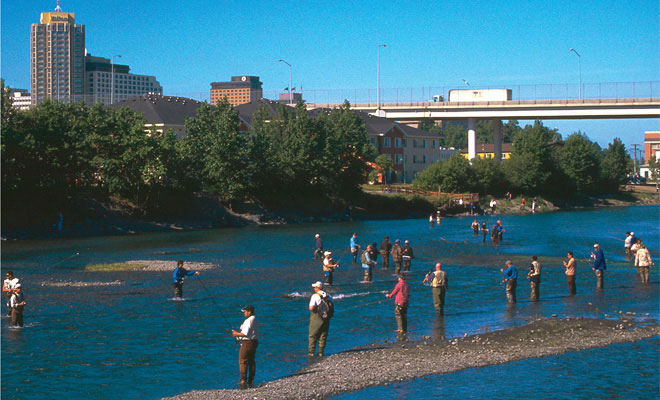
Name and Location: Go Fishing around Anchorage.
History and Significance: Anchorage is surrounded by prime fishing spots to catch salmon, halibut, trout and more. World-class fishing destination.
What to Expect: Cast from shore at places like Ship Creek or Point Woronzof, or book a guided charter. May – September peak season.
Visitor Information: License required. Tackle shops and guides available.
With Alaska’s abundance of rivers, lakes, and ocean access, Anchorage is a fantastic place to go fishing. Late April through September, anglers can fish for salmon species like sockeye, coho, and Chinook within minutes of downtown. Fishing charters and lodges help visitors hook trophy salmon, trout, char, grayling, and more. Anchorage markets sell fresh wild salmon and seafood caught right from the city’s backyard waters.
With its lively urban amenities and proximity to immense wilderness, Anchorage offers many memorable things to experience. Hiking mountain trails, exploring native heritage, flightseeing over glaciers, whale watching at sea, and fishing fertile waters represent just some of the top attractions Anchorage provides visitors. Alaska’s largest city has plenty of urban entertainment coupled with access to the state’s breathtaking scenery and natural bounty.

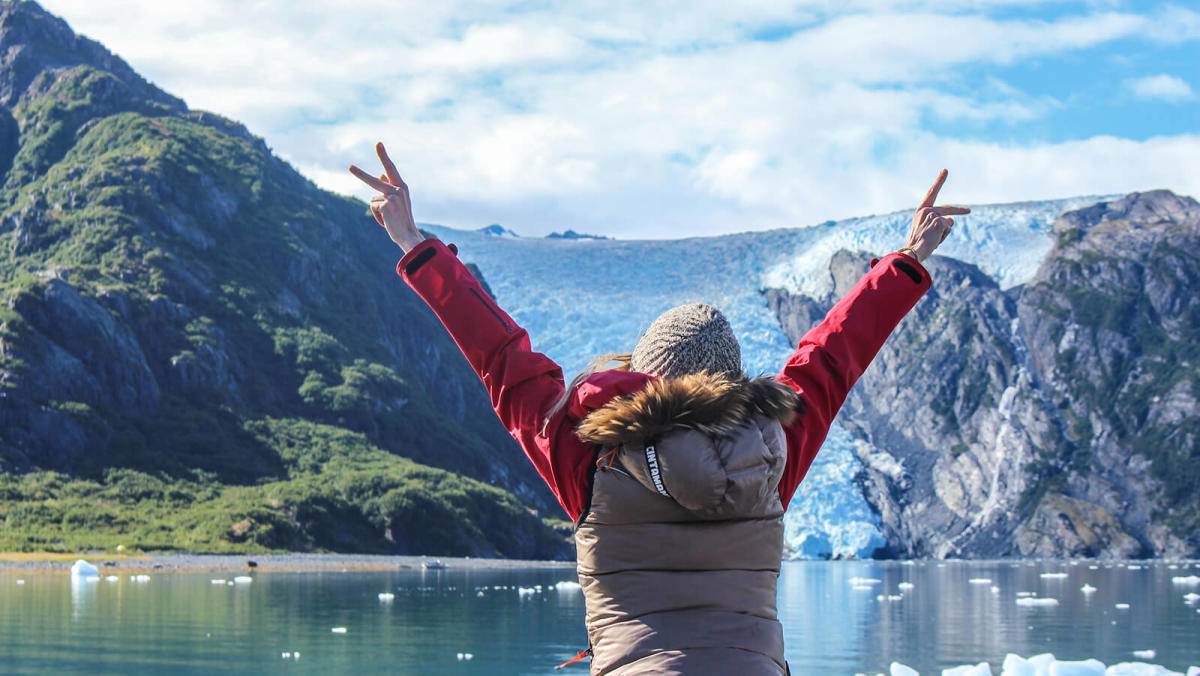
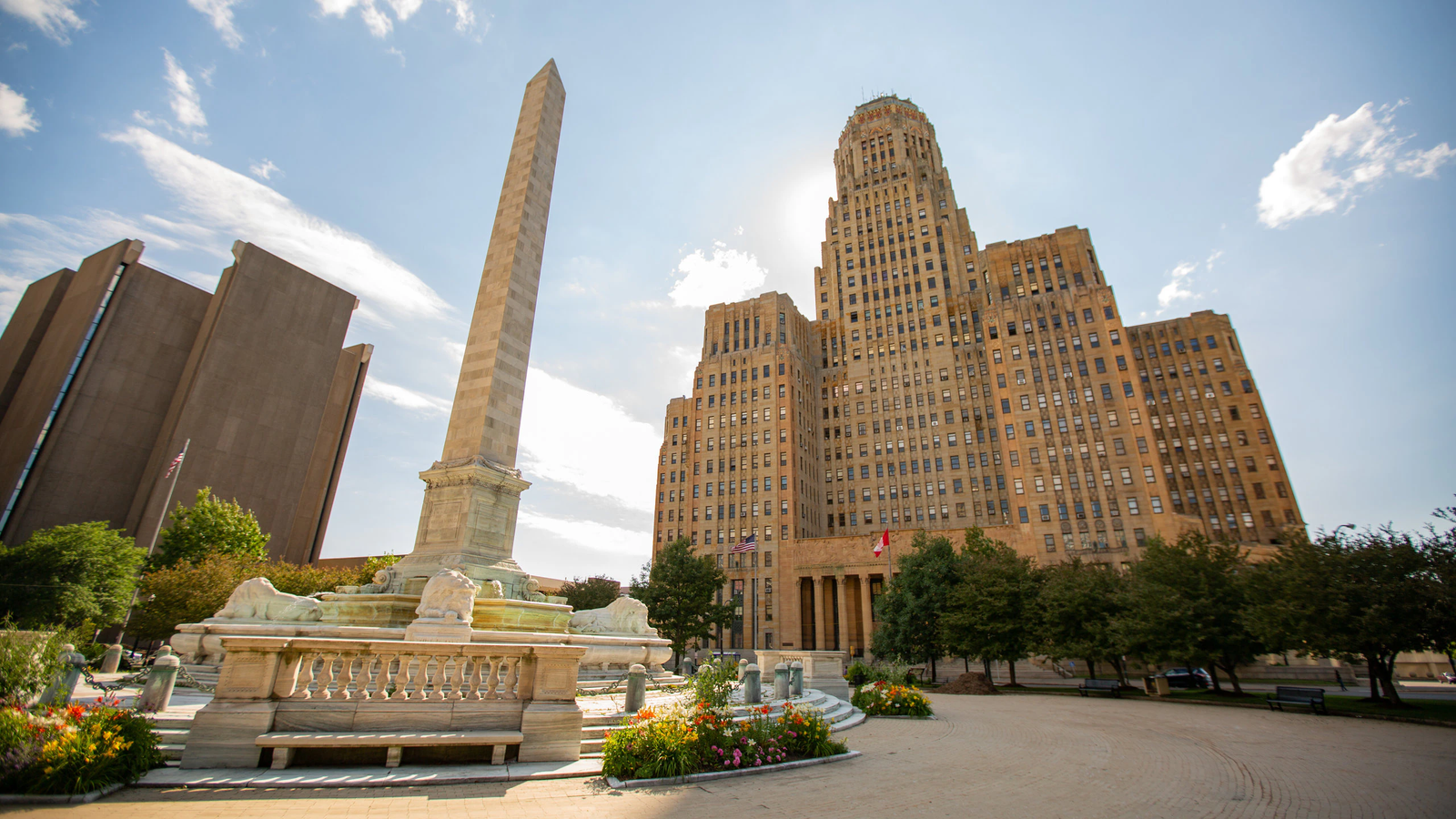
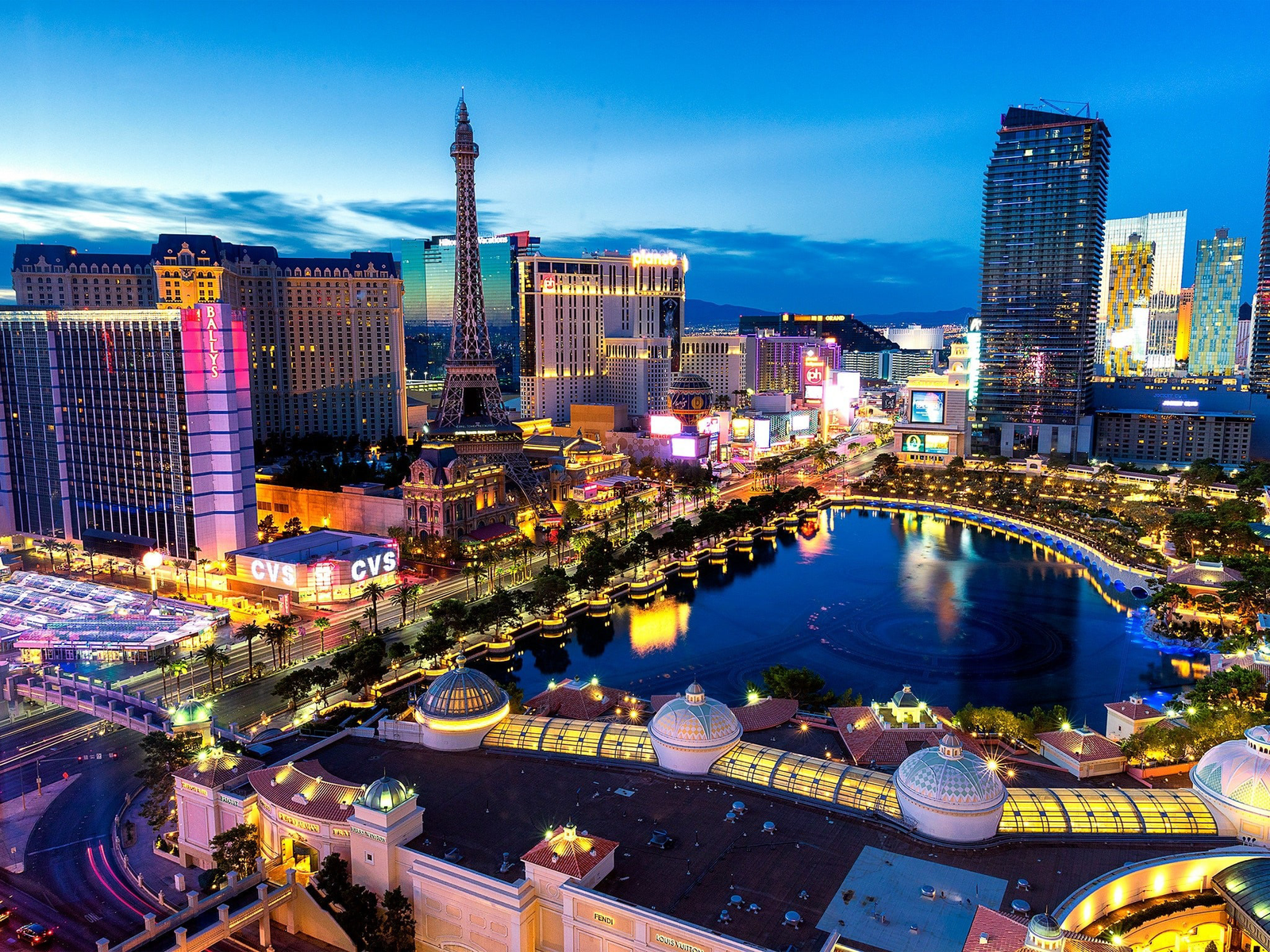
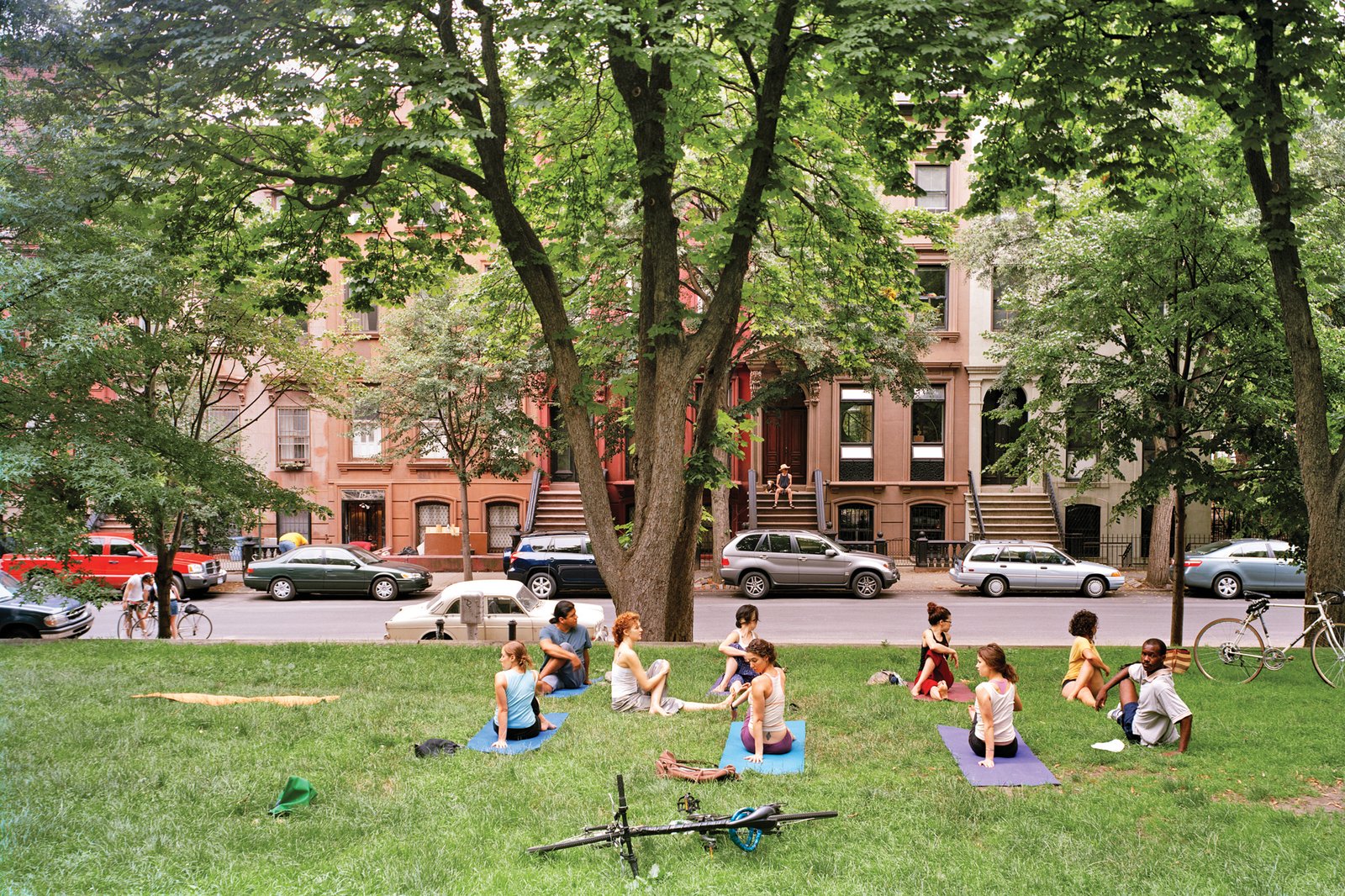
Join the Conversation